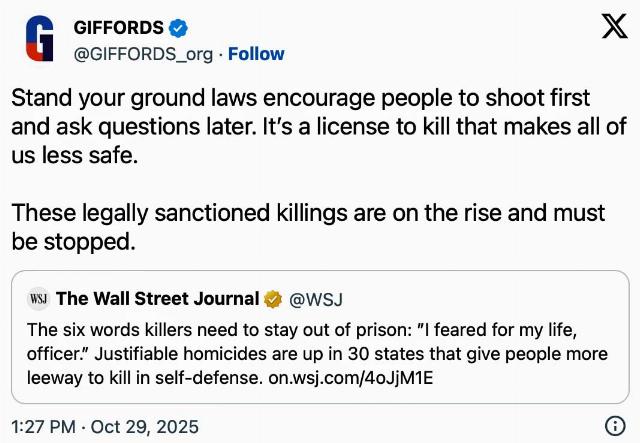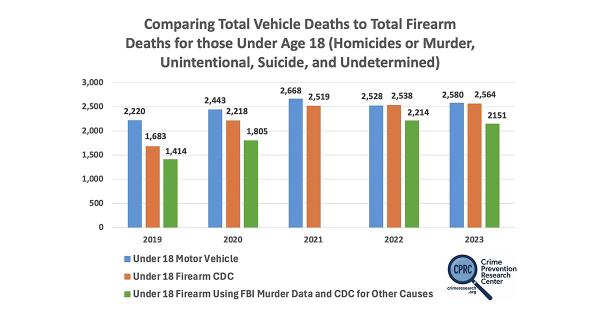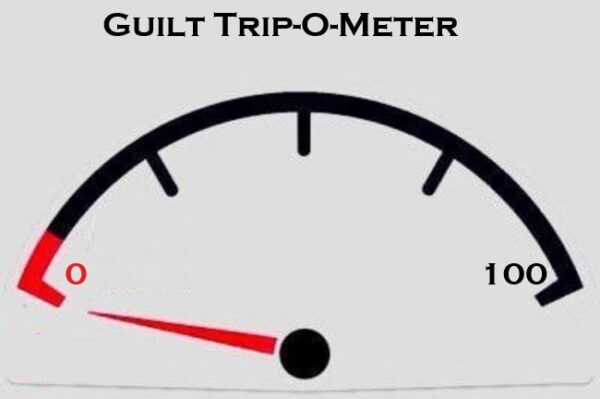One Common Link for Mass Killings Should be Eliminated, and It’s Good for Gun Rights, Too
It’s darkly humorous to me how often anti-Second Amendment types see some kind of gun control law as the ultimate solution to everything. They pretend that this law will stop mass shootings, regular murders, suicides, domestic violence, type 2 diabetes, conflict in the Middle East, and Christmas’s encroachment into the rest of the year.
It’s funny how often they try that crap, and how often the media pretends they’re hearing BS and mistaking it for brilliance.
But there is one little change that could be made that would reduce a whole lot of problems. I’m honest enough to say it won’t make them all go away, but it’ll help reduce a lot, including mass shootings.
It’s pretty simple, really. End gun-free zones.
In their manifestos, many mass murderers have explicitly said they looked for targets that had disarmed victims in them. Nevertheless, mainstream-media outlets often leave this fact out.
The Annunciation Catholic School murderer wrote: “I recently heard a rumor that … the Aurora theater shooter, may have chosen venues that were ‘gun-free zones.’ I would probably aim the same way … .”
Yeah, this is pretty common. Mass killers have often picked gun-free zones for their rampages. That’s part of why schools are such popular targets. It’s why churches are popular targets. A lot of shopping malls are gun-free zones, and those are pretty popular with this bunch, too.
And look what happens when someone has a gun in one of these places that’s traditionally gun-free?
The Greenwood Park Mall shooting ended with an armed citizen becoming something of a legend in shooting circles. He put down the bad guy in impressive fashion.
Yet he wasn’t quite as impressive as Jack Wilson, who put down a would-be mass killer before the little bastard knew what hit him with a headshot that limited the horrific incident to just a few seconds at a church in White Settlement, Texas.
Guns save lives.
Gun-free zones are a primary target for would-be killers, and it’s not just mass killers, either. More pedestrian criminals have no respect for the signs on the door. Hell, if they’re going to prance around armed even though they can’t legally have a firearm at all, do you really think a sign will stop them? Of course not.
Look, making gun-free zones disappear won’t make all of society’s problems vanish in an instant. Unlike the other side of this debate, I’m not delusional.
But I can say that it’ll go a long way in reducing the threat to some of the places where people are the most vulnerable. What’s more, it means we’ll have more cases like White Settlement and Greenwood Park Mall, at the very least, and it might…encourage some people to look for another way to achieve fame or infamy, whichever they’re after.
Guns aren’t the problem. They’ve never been the problem. They’re tools; tools with no volition of their own. They serve their masters regardless of whether that master is a hero or a villain.
So let’s stop treating them like they are and start empowering the heroes instead of making it easier for the villains.




